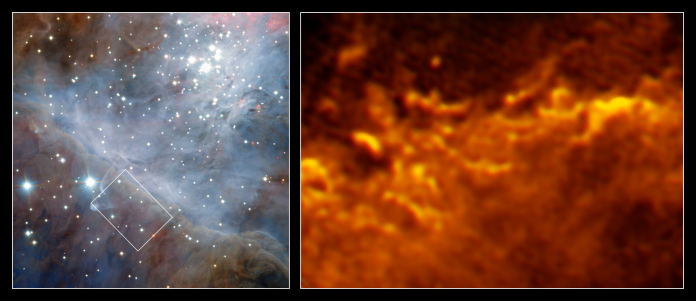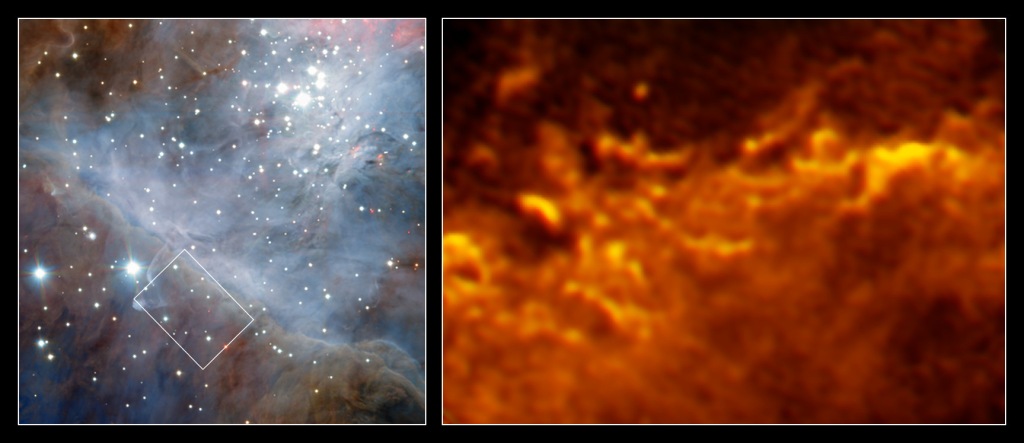
It arrived not with a whisper, but a roar: the Trump administration’s plan to cut NASA’s budget by 25 percent represents the agency’s most dire financial threat since the beginning of the Space Age. In the corridors of the Goddard Space Flight Center, the implications of this proposal are not abstract they are personal, near-term, and deep.
1. A Historic Budget Shock and Its Fallout
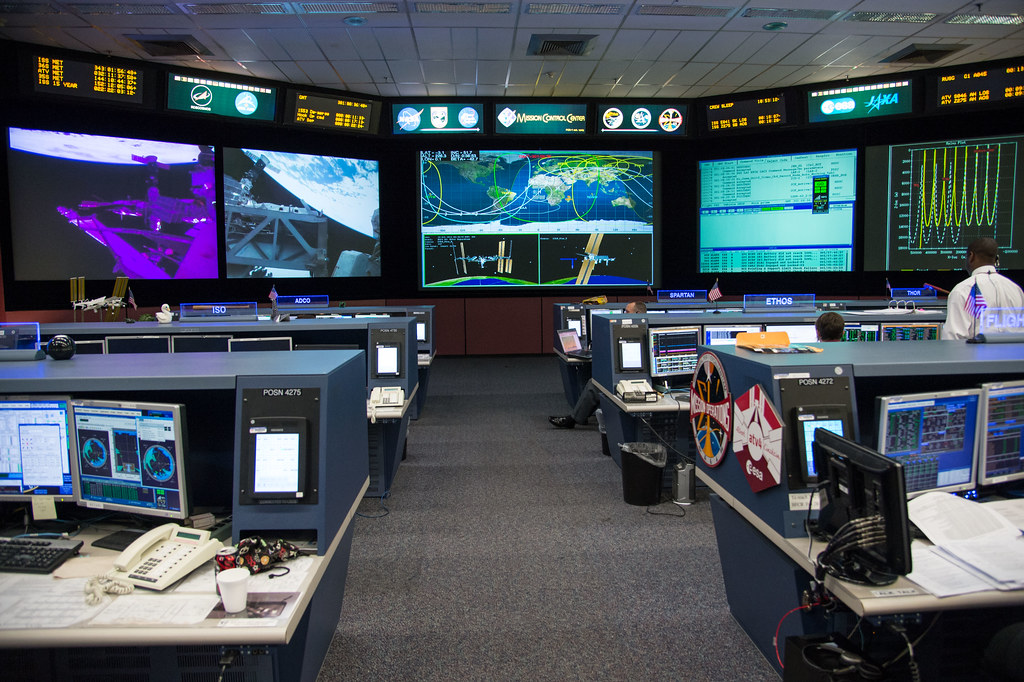
The 2026 White House budget request for fiscal year 2026 would slash NASA spending to $18.8 billion, the lowest ever since 1961, when the agency had not yet sent a human or even a chimpanzee into space. The plan envisions a nearly 25 percent cut in just one year, so severe that it outpaces even the post-Apollo drawdowns. In the words of the Goddard Engineers, Scientists and Technicians Association, “The cuts requested threaten our nation’s leadership in Space and Earth Sciences, including 50 percent reductions in those programs (50 percent in Earth Sciences, 30 percent in Planetary Science, 66 percent in Astrophysics and 46 percent in Heliophysics)” the highest percentage cut ever suggested for NASA.
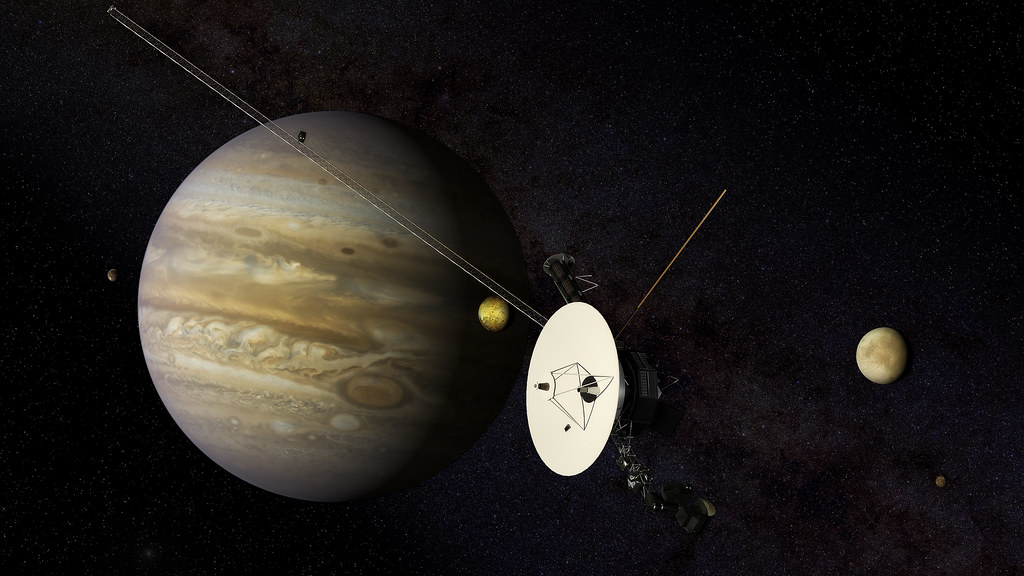
2. The Voyager Declaration: A Workforce in Dissent
The publication of the “Voyager Declaration” an open letter, which has been signed by close to 300 present and former NASA staff members, including at least four astronauts captured the agency’s deep-seated fear. The declaration warns, “Major programmatic shifts at NASA must be implemented strategically so that risks are managed carefully.” Rather, the past half-year has witnessed swift and wasteful transformation that has subverted our purpose and had devastating effects on NASA’s workforce. The letter in particular deplores modification of NASA’s Technical Authority, the safety watchdog system implemented after the Columbia disaster, and condemns the sudden termination of projects and grants, which already brought about the layoff of over 2,600 employees and the cancellation of at least $118 million in grants mass firings and cancelled grants.
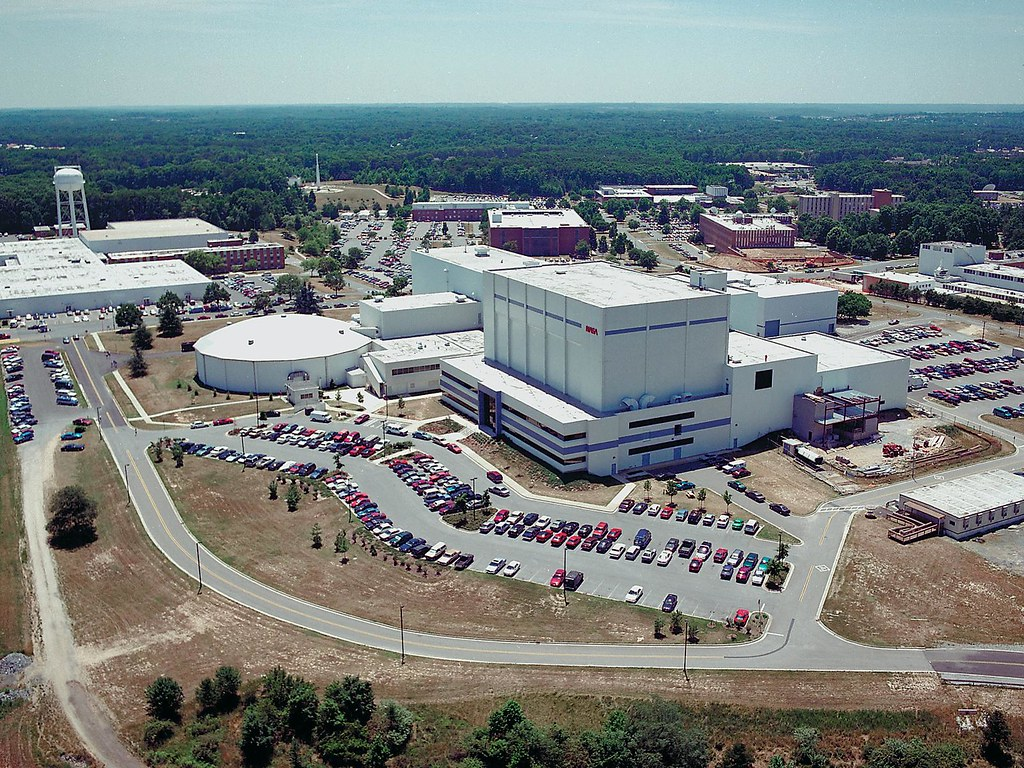
3. Leadership Turmoil at Goddard
In the midst of this turmoil, Goddard director Dr. Makenzie Lystrup resigned, effective August 1. Lystrup, who oversaw more than 8,000 employees and a $4.7 billion budget, departs with a center that has had responsibility for flagship missions such as the James Webb Space Telescope and construction of the Nancy Grace Roman Space Telescope. “We appreciate Makenzie’s leadership at NASA Goddard for over two years, including her efforts to inspire a Golden Age of explorers, scientists, and engineers,” said Acting NASA Associate Administrator Lystrup’s legacy at Goddard. 25-year center veteran Cynthia Simmons takes over as acting director at a time when nearly 60 percent of Goddard’s funding is in jeopardy.
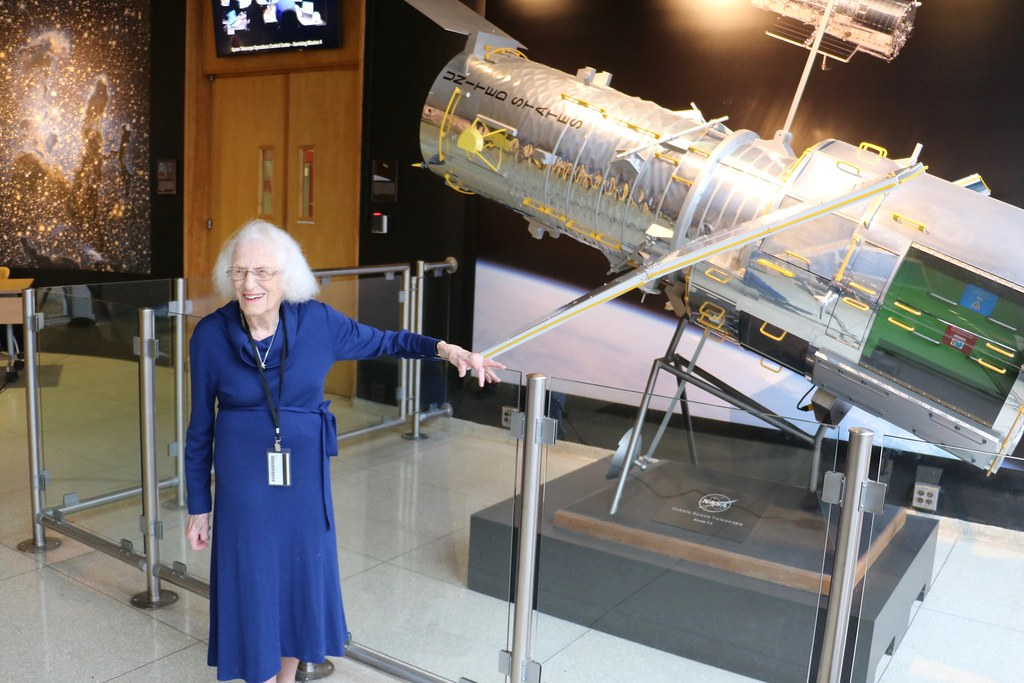
4. The Nancy Grace Roman Space Telescope: A Mission on the Scales
The engineers at Goddard are working against the clock to finish the Nancy Grace Roman Space Telescope, a new-generation observatory intended to explore dark energy, exoplanets, and galaxy evolution. Roman’s Wide Field Instrument (WFI) is a 300-megapixel infrared camera with 18 mercury cadmium telluride detectors that record 16 million pixels each. The Coronagraph Instrument (CGI) will be 1,000 times more contrast ratio than past space-based coronagraphs, allowing direct imaging of exoplanets from 0.15 arcseconds to 0.15 arcseconds from their parent stars Roman’s technical overview.
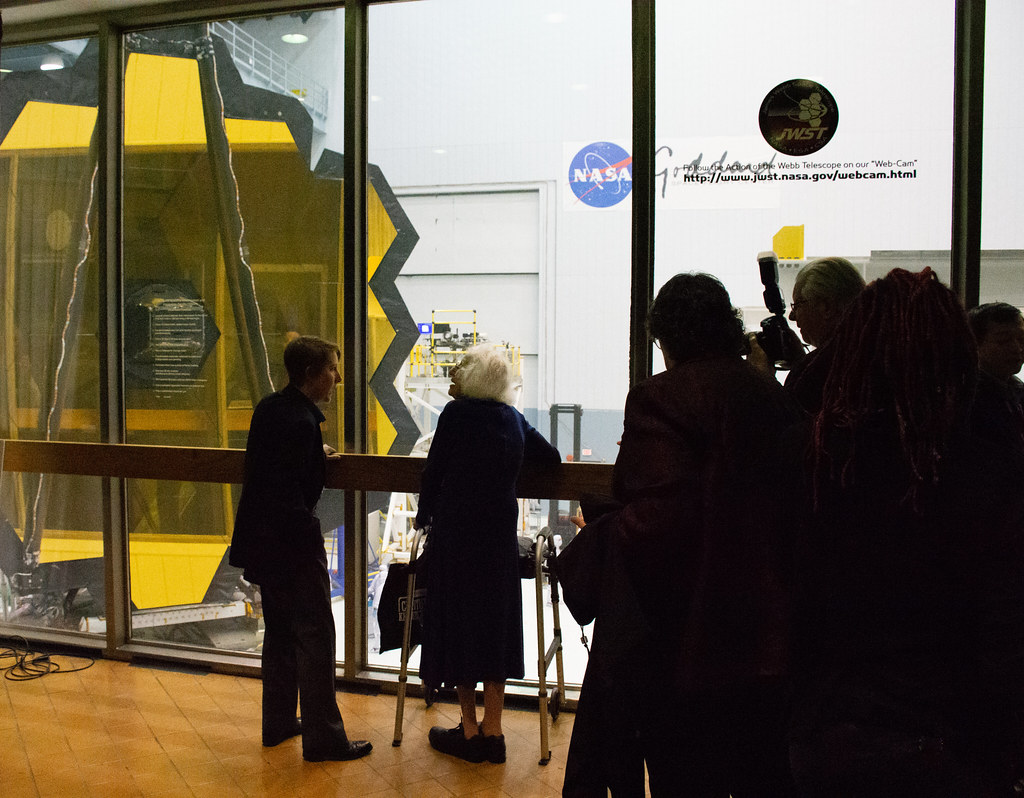
The telescope will be operating in a quasi-halo orbit around the second Sun-Earth Lagrange point (L2), using a 2.4-meter primary mirror and sophisticated avionics for a five-year mission planned. The destiny of the Roman mission is inextricably linked with NASA’s science budget, and slashing it by 50 percent might lead to its cancellation or drastically cut its scientific mission.
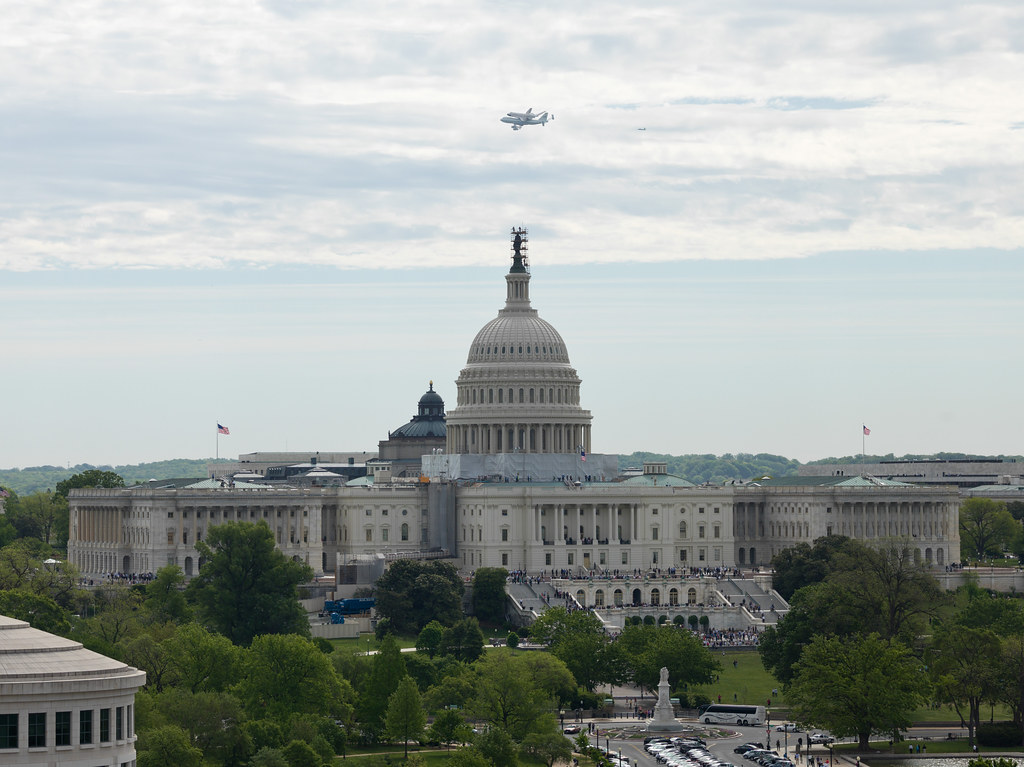
5. Congressional Resistance and Impoundment Threat
Although appropriations committees in both houses of Congress have reported bills to restore NASA’s funding nearer to its current $25 billion, the threat of impoundment hangs over them. This judicial tactic, whereby the executive refuses to disburse appropriations provided by Congress, has been employed very infrequently since the 1974 Impoundment Control Act. However, fears are growing that the administration might try to circumvent congressional intent, leading to a constitutional battle and further undermining agency planning impoundment and agency budgeting.

6. Workforce Reductions and Loss of Expertise
Voluntary early retirement, buyouts, and deferred resignation are being followed up on by the administration. Internal memos attest that a minimum of 3,000 NASA employees are accepting deferred resignation, with wider layoffs on the horizon. The Goddard Engineers, Scientists and Technicians Association cautions, “If the planned NASA budget reductions are achieved, the loss of this highly specialized group of individuals working for the federal government as well as with our industry and academic partners and the loss to the scientific and technical knowledge base of our nation may take generations to restore.” The effects reach beyond NASA, compromising the economic health of communities such as Greenbelt, Maryland, whose economic success is largely due to federal employment local economic impacts.
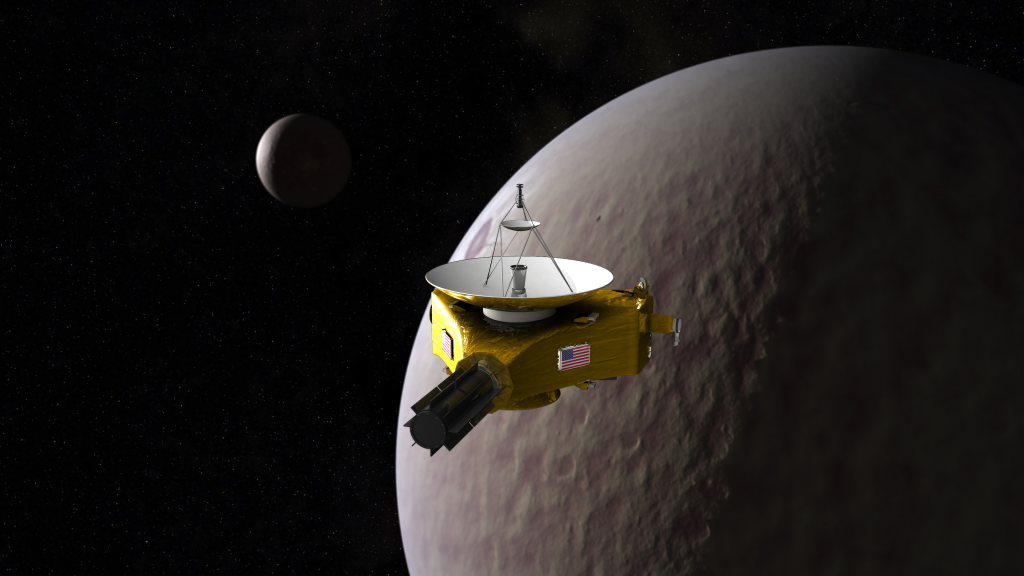
7. The Wider Science and Societal Impacts
The planned reductions would end 19 ongoing science missions, such as the New Horizons mission and Earth-monitoring satellites, wasting billions of taxpayer dollars and eroding U.S. leadership in planetary and climate science. NASA’s STEM outreach initiatives, crucial to the development of tomorrow’s scientists and engineers, would be gutted entirely. As GESTA points out, “NASA contributed a total economic output to our country of $75.6 billion, a return on taxpayers’ investment, if measured solely in economic terms, of 3x.”
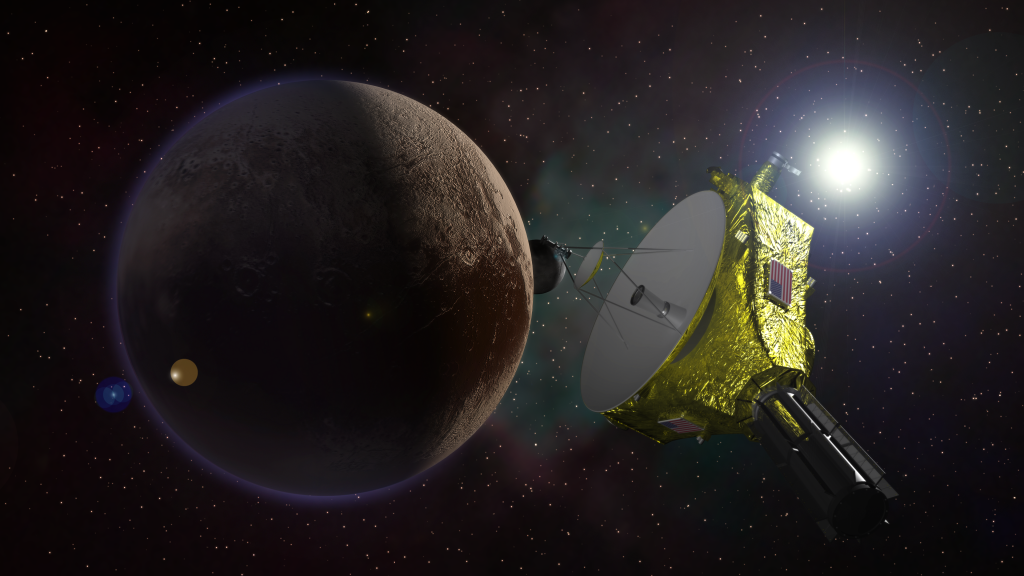
The narrative playing out at NASA is not just one of budgets or numbers, but of a nation’s resolve to explore, to discover, and to lead in science. The choices that are made in the next few months will echo throughout the agency’s people, its science missions, and the larger trajectory of American ingenuity.
